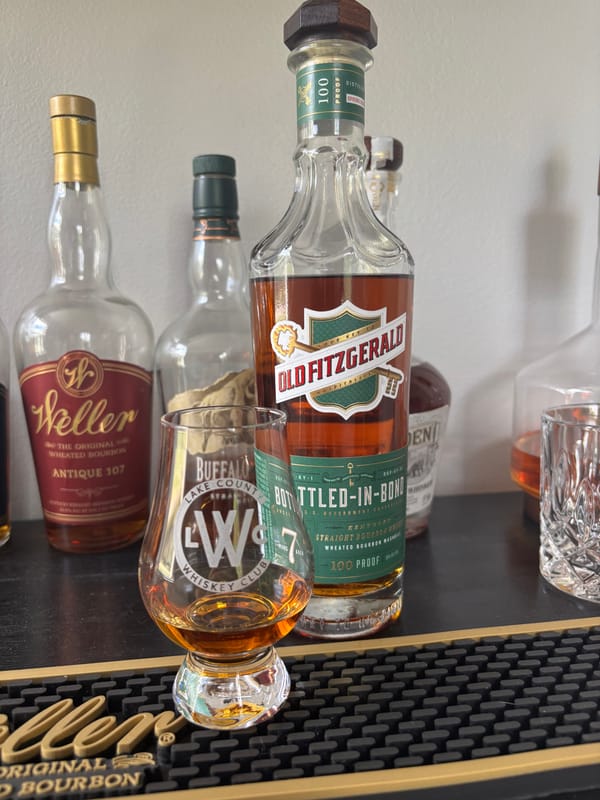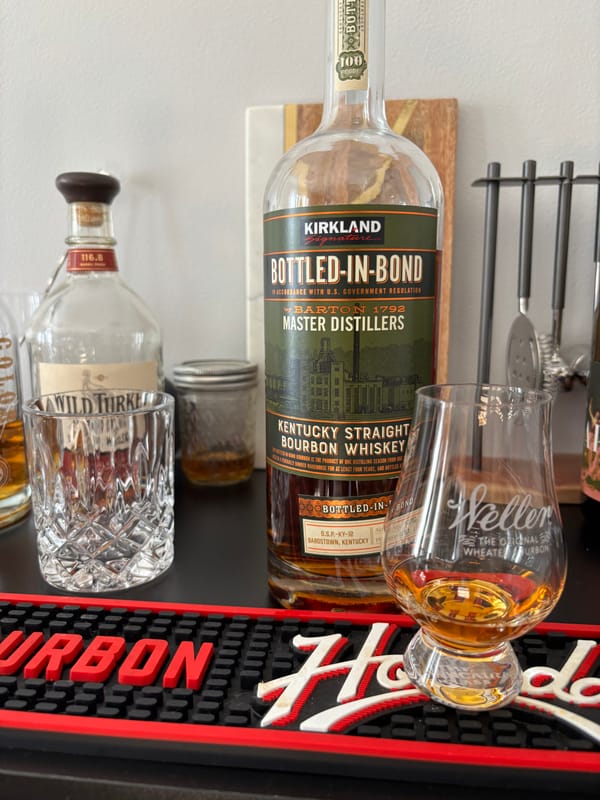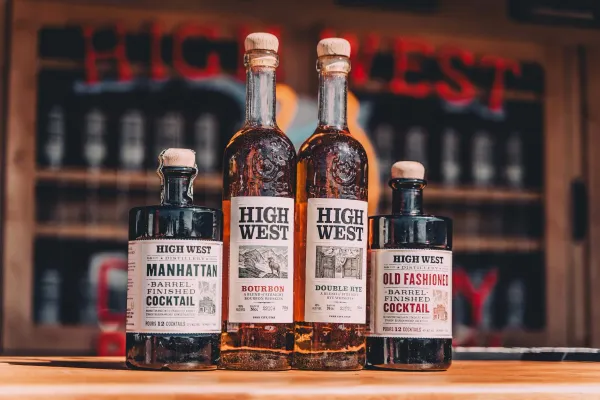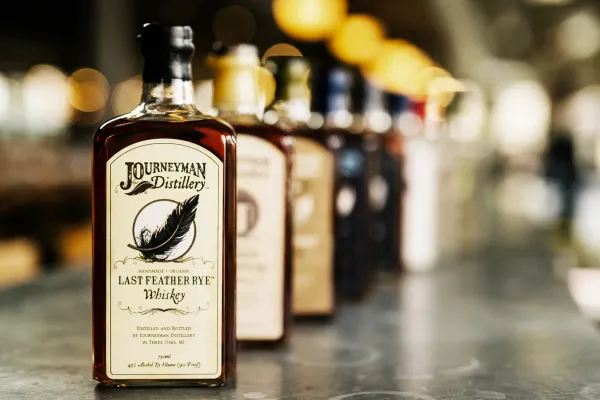Whiskey Bottling Line Sanitation Rules: The Purity You’ll Wish You’d Trusted Sooner

Bottling Line Sanitation Rules: The Whiskey Clean You Can’t Skip
Bottling line sanitation rules in whiskey production aren’t just protocols. They’re the rigorous standards that ensure every bottle’s purity and safety. If you don’t know these rules, you’re missing the clean that safeguards every sip. For whiskey enthusiasts eager to trust their pour, this is the solid truth about whiskey bottling line sanitation rules, grounded in legal standards and science, and a 2025 must-know.
What Are Bottling Line Sanitation Rules?
U.S. law requires whiskey (bourbon, rye, etc.) to be bottled at 80 proof minimum in sanitary conditions to prevent contamination, with similar standards for Scotch and Irish whiskey (Scotch Whisky Regulations 2009, Irish Whiskey Act 1980). Bottling lines—conveyors, fillers, and cappers—are cleaned with hot water (160-180°F), steam, or chemical sanitizers (e.g., peracetic acid) before and after runs. Sanitation ensures no microbial or chemical residue taints flavors like caramel or malt, developed through fermentation (8-10% ABV), distillation (160 proof max), and aging (two-plus years).
How Sanitation Shapes Whiskey
Sanitized lines prevent bacterial contamination, preserving bourbon’s toffee sweetness post-aging in Kentucky’s climate (20-100°F). For Scotch, rigorous cleaning avoids cross-contamination between peated and unpeated malts, ensuring clarity in fruit notes after three-plus years in Scotland’s climate (40-65°F). Irish whiskey’s spicy pot still profile relies on clean lines to maintain purity at 80-120 proof. Non-compliance risks off-flavors or health hazards, with regulators enforcing strict sanitation to protect whiskey’s integrity during bottling, ensuring legal compliance and consumer safety.
Why Sanitation Rules Matter for Your Sip
A bourbon at 80 proof, bottled on a sanitized line, delivers pure caramel warmth, while a Scotch at 86 proof, from a clean line, offers untainted malt, per legal standards. Contaminated lines risk flavor spoilage. Every sip reflects sanitation’s protective role, making your next bottle a trustworthy expression of its purity.
Why Bottling Line Sanitation Rules Matter in 2025
Bottling line sanitation rules are whiskey’s purity gatekeepers. By 2025, understanding these standards could make every sip a clear taste of uncontaminated craft, from bold to refined. It’s the truth in the clean, so don’t miss the purity.
Check out NEAT: Whiskey Finder—it’ll help you track down bourbon and whiskey near you.





